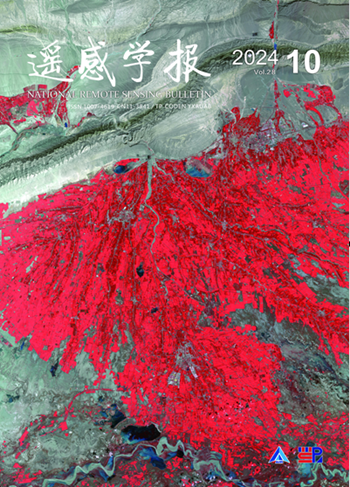Continued Increases of Gross Primary Production in Urban Areas during 2000–2016
引用次数: 15
Abstract
Urbanization affects vegetation within city administrative boundary and nearby rural areas. Gross primary production (GPP) of vegetation in global urban areas is one of important metrics for assessing the impacts of urbanization on terrestrial ecosystems. To date, very limited data and information on the spatial-temporal dynamics of GPP in the global urban areas are available. In this study, we reported the spatial distribution and temporal dynamics of annual GPP during 2000–2016 from 8,182 gridcells (0.5° by 0.5° latitude and longitude) that have various proportion of urban areas. Approximately 79.3% of these urban gridcells had increasing trends of annual GPP during 2000-2016. As urban area proportion (%) within individual urban gridcells increased, the means of annual GPP trends also increased. Our results suggested that for those urban gridcells, the negative effect of urban expansion (often measured by impervious surfaces) on GPP was to large degree compensated by increased vegetation within the gridcells, mostly driven by urban management and local climate and environment. Our findings on the continued increases of annual GPP in most of urban gridcells shed new insight on the importance of urban areas on terrestrial carbon cycle and the potential of urban management and local climate and environment on improving vegetation in urban areas.2000-2016年城镇初级生产总值持续增长
城市化影响城市行政边界内和附近农村地区的植被。全球城市植被初级生产总值(GPP)是评估城市化对陆地生态系统影响的重要指标之一。迄今为止,关于全球城市地区GPP时空动态的数据和信息非常有限。在这项研究中,我们报告了2000-2006年8182个网格单元(0.5°乘0.5°经纬度)的年GPP的空间分布和时间动态,这些网格单元具有不同的城市面积比例。2000-2016年间,约79.3%的城市网格单元的年GPP呈上升趋势。随着单个城市网格单元中城市面积比例(%)的增加,年度GPP趋势的平均值也有所增加。我们的研究结果表明,对于这些城市网格,城市扩张(通常通过不透水表面测量)对GPP的负面影响在很大程度上被网格内植被的增加所补偿,这主要是由城市管理和当地气候和环境驱动的。我们对大多数城市网格单元的年GPP持续增加的研究结果,为城市地区对陆地碳循环的重要性以及城市管理和当地气候和环境对改善城市地区植被的潜力提供了新的见解。
本文章由计算机程序翻译,如有差异,请以英文原文为准。
求助全文
约1分钟内获得全文
求助全文
来源期刊

遥感学报
Social Sciences-Geography, Planning and Development
CiteScore
3.60
自引率
0.00%
发文量
3200
期刊介绍:
The predecessor of Journal of Remote Sensing is Remote Sensing of Environment, which was founded in 1986. It was born in the beginning of China's remote sensing career and is the first remote sensing journal that has grown up with the development of China's remote sensing career. Since its inception, the Journal of Remote Sensing has published a large number of the latest scientific research results in China and the results of nationally-supported research projects in the light of the priorities and needs of China's remote sensing endeavours at different times, playing a great role in the development of remote sensing science and technology and the cultivation of talents in China, and becoming the most influential academic journal in the field of remote sensing and geographic information science in China.
As the only national comprehensive academic journal in the field of remote sensing in China, Journal of Remote Sensing is dedicated to reporting the research reports, stage-by-stage research briefs and high-level reviews in the field of remote sensing and its related disciplines with international and domestic advanced level. It focuses on new concepts, results and progress in this field. It covers the basic theories of remote sensing, the development of remote sensing technology and the application of remote sensing in the fields of agriculture, forestry, hydrology, geology, mining, oceanography, mapping and other resource and environmental fields as well as in disaster monitoring, research on geographic information systems (GIS), and the integration of remote sensing with GIS and the Global Navigation Satellite System (GNSS) and its applications.
 求助内容:
求助内容: 应助结果提醒方式:
应助结果提醒方式:


